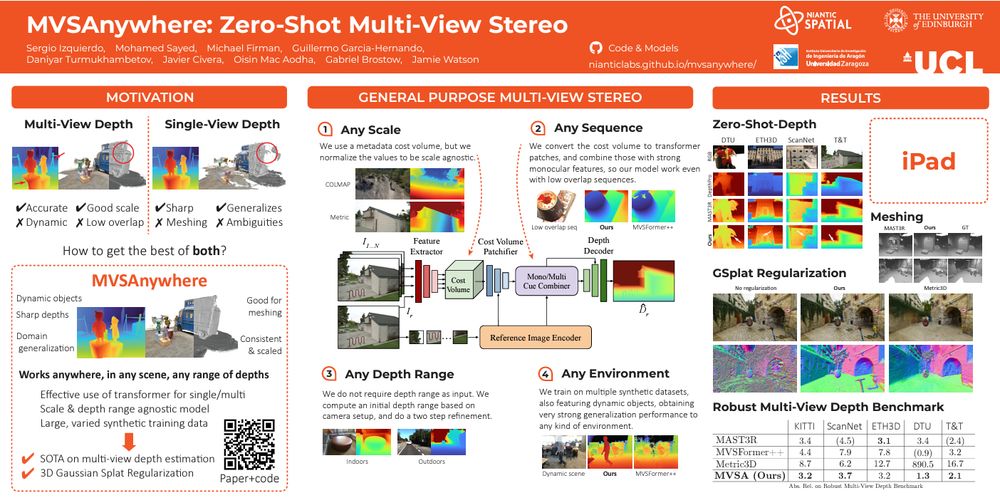Oisin Mac Aodha
@oisinmacaodha.bsky.social
1.6K followers
1.2K following
61 posts
Reader in Computer Vision and Machine Learning @ School of Informatics, University of Edinburgh.
https://homepages.inf.ed.ac.uk/omacaod
Posts
Media
Videos
Starter Packs











